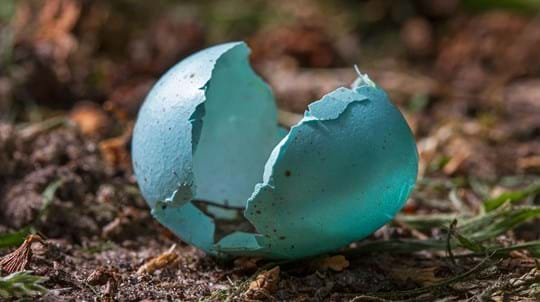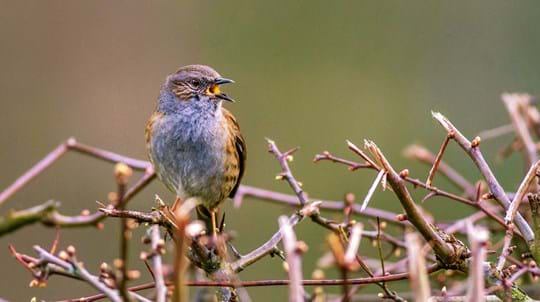
Credit: William Osborn / naturepl.com
What do rooks eat?
Worms, beetles and other invertebrates are the rook’s main food, which it catches by probing the ground with its large beak. It will also feed on grain, fruit, acorns and occasionally carrion and birds’ eggs.












